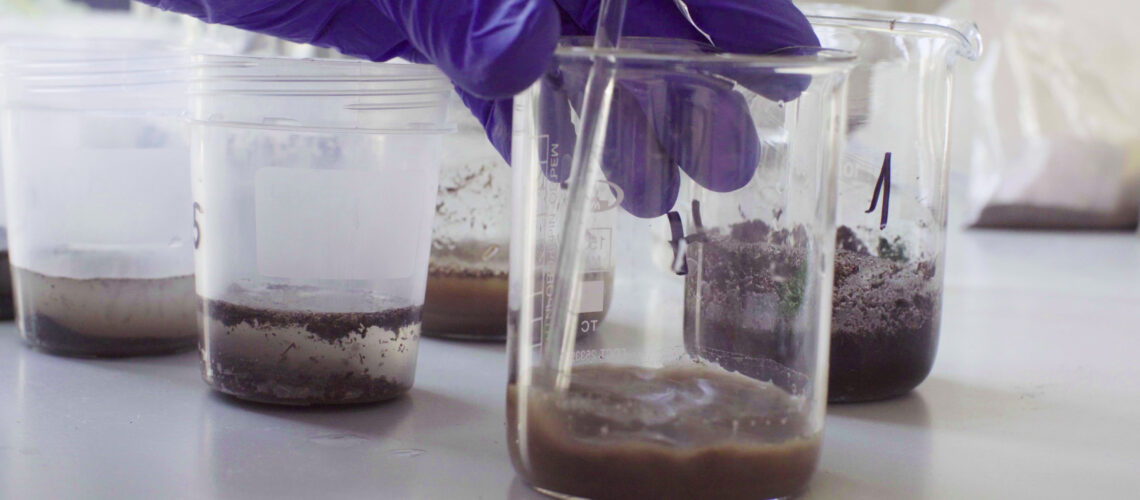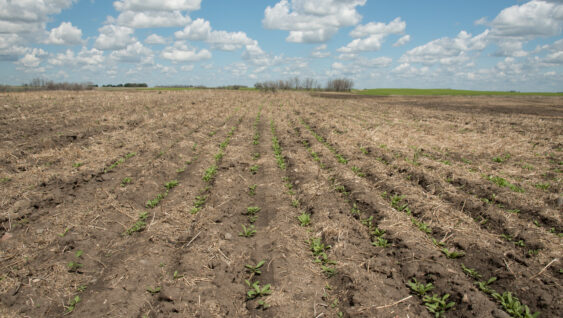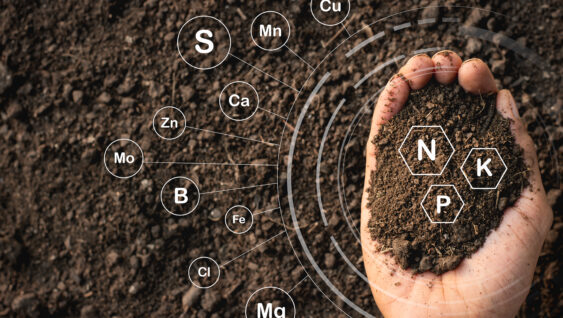What About New Methods Of Soil Testing?

Emil Truog, Roger Bray, Sterling Olsen, and Adolph Mehlich may not necessarily be familiar names to all, but to soil scientists around the world they were the pioneers in soil testing during the early to mid-1900s. These individuals (along with many others) laid the groundwork for modern soil testing. Their names appear frequently in methodology books, and their contributions to agriculture are unquestionable. The work these pioneers did to improve fertilizer decisions (prior to widespread availability of many of the fertilizers we utilize today) was cutting edge. The question now being raised is – should we be searching for alternative methods for making fertilizer decisions? Are there currently better methods to direct fertilizer decisions?
The answer to the first question is yes, we should be looking for improved methods. That is the purpose of scientific investigation to identify better decisions, or in this case better decision tools (as I often say – not necessarily to be “right,” but to be less wrong). Soil scientists continue to conduct research in this area today. Soil testing and fertilizer decisions are still somewhat of an inexact science owing to the complexity and variability in soils and growing conditions. These methods need continuous refinement.
The second question is a bit trickier. Are there better methods currently? That really depends upon where you are. Some universities utilize different extractants for chemical analyses than others. Does that make them better? Perhaps, but even the alternative methods employed are still based upon some bedrock principles regarding soil testing.
The concepts of correlation and calibration are critical to validate the usefulness of a given extractant or method (for more info, see “Correlation and Calibration” from the Plant & Soil Sciences eLibrary and a fact sheet from the Ohio State University Extension). As new soil testing methods are being developed, they should be accompanied by robust data sets (scientists rarely think they have enough data) to validate the new methods being proposed. Every soil test method must be correlated to plant response to the intended nutrient element, and it must be calibrated to the fertilizer-rate decision being made.
Newer soil testing approaches being promoted more recently (in the last decade or so) have been rapid soil biological assessments (typically identified as soil health indicators). These tests typically measure soil respiration, organic carbon, and organic nitrogen, as well as other nutrients – phosphorus, potassium, nitrate, etc. The ultimate question is – do these new methods do a better job of providing nutrient recommendations? Do these new methods correlate to plant nutrient response and can they be properly calibrated to a fertilizer application rate? In other words, do they accurately and reliably predict how much of the intended nutrients should be added? A publication by the University of Minnesota makes a comparison between one of these newer methods and their traditional soil testing methods.
Time will tell if these new approaches are supported by additional scientific investigation and if they are adopted by commercial/public labs.


